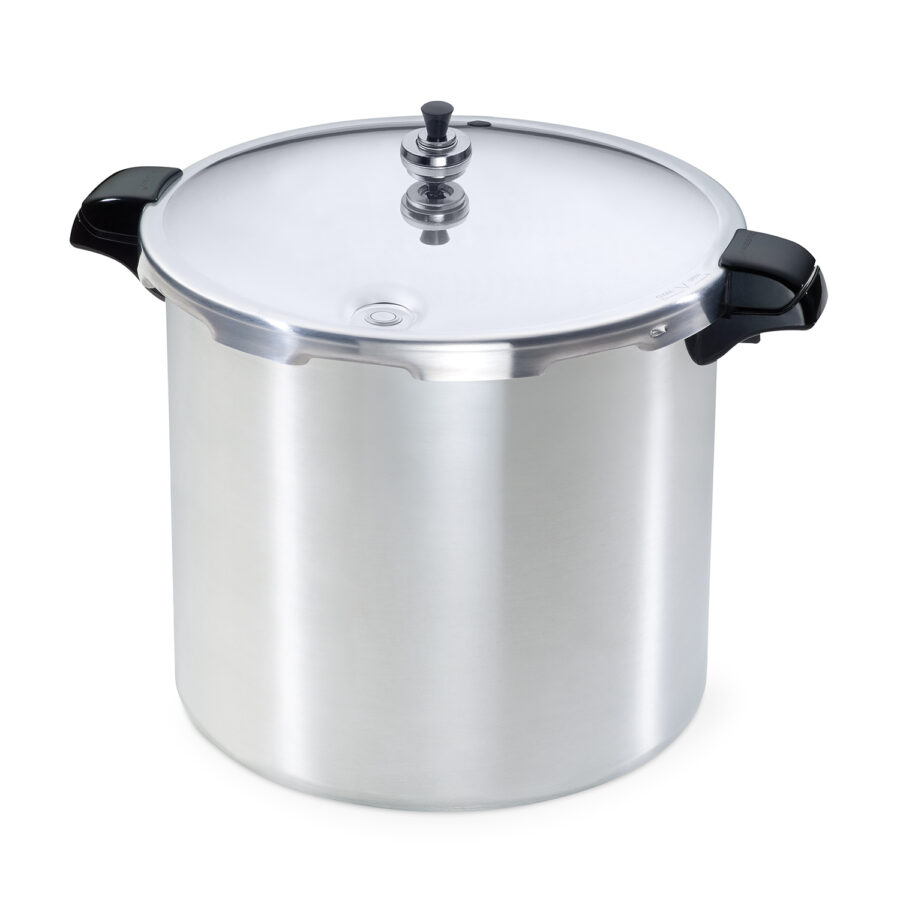ziggy
Well-Known Member
Hoping one of you experienced hands has some advice on purchasing and using a pressure canner. I’ve been researching online and have found some interesting facts, but having never used one there is lots of info I haven’t found. Just found out electric ones are not FDA approved and canners require at least 16 quart capacity to work. But what is it I should look for, they seem to have a wide price range and seem to all be basically the same. Also interested in how difficult keeping the minimum pressure for canning salmon is. I see they recommend if it drops below say 10psi you have to start all over with the timing is it difficult to get the heat right to hold the pressure for 90 minutes to complete the process? Any recommendation on brands?



